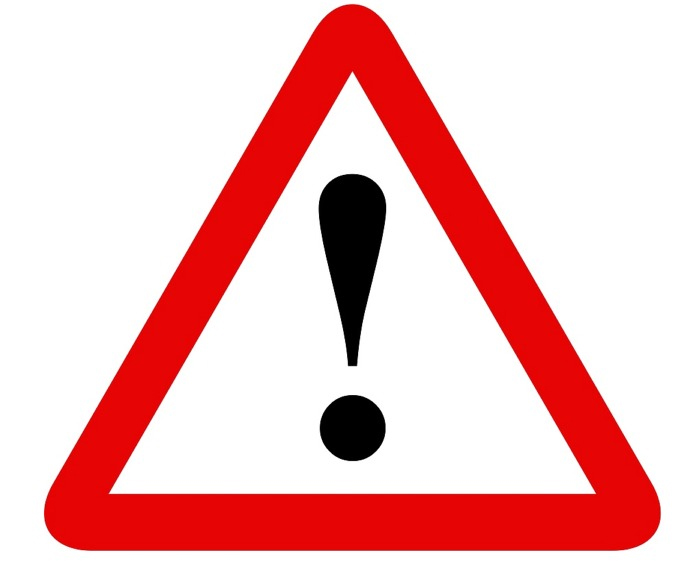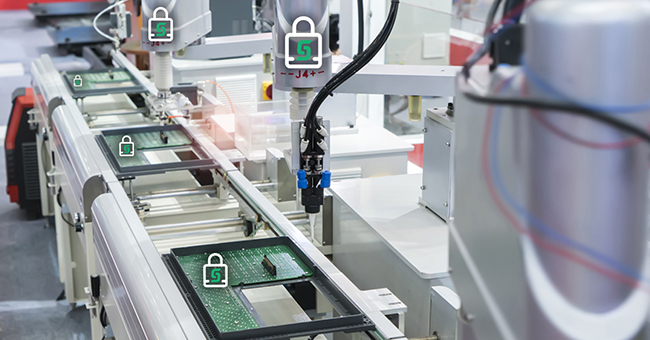
More Cyberattacks in Healthcare, Yet Most MedTech Leaders Unprepared, Says Survey
A mere 13% of IoMT leaders believe their organization is in a good place to mitigate future risks related to cybersecurity.

A mere 13% of IoMT leaders believe their organization is in a good place to mitigate future risks related to cybersecurity.

The agency created the new post within CDRH, effective January 1.

Despite the high stakes of data vulnerabilities to the entire healthcare system, governments in Asia lag behind in mandating cybersecurity measures, leaving manufacturers to install and maintain systems to protect against cyber criminals.

This year’s virtual event features experts from medical device companies, hospitals and government organizations.

As hackers target blind spots in wireless communications, medical devices running on various networks across the wireless spectrum pose big risks for healthcare facilities.

Without even factoring in the effects of COVID-19, ransomware attacks against healthcare providers have significantly increased. We must be ready to detect and respond to them before damage can be done.

Vulnerability sharing arms stakeholders with the information they need to assess devices, minimize cybersecurity risks and proactively mitigate emerging risks to prevent exploitation.

The safety communication notes that patients being monitored via GE’s Healthcare Clinical Information Central Stations and Telemetry Services could be at risk.

It’s time for medtech design engineers to take a page from the enterprise security playbook.

A recent report from Frost & Sullivan anticipates strong market growth but also points to opportunity for more vulnerabilities.